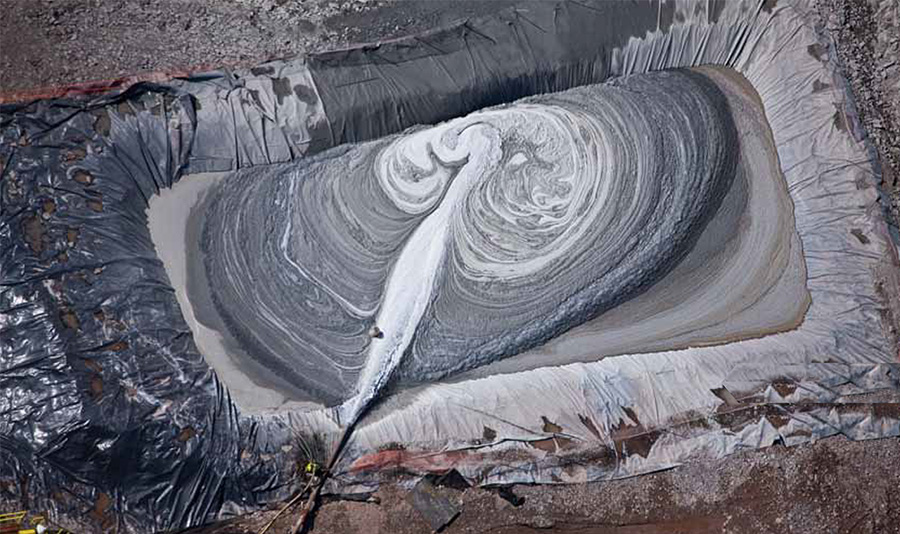Hancock and the Marcellus Shale
Developed by the Urban Design Lab and a joint research seminar at Columbia University’s Graduate School of Architecture, Planning and Preservation (GSAPP), this project, with the publication Hancock & The Marcellus Shale: Visioning the Impacts of Natural Gas Extraction Along the Upper Delaware, evaluates and visualizes the impacts of natural gas drilling in the Delaware River watershed on the local economy and the local environment.
Natural gas hydraulic fracturing, a new technique for extracting natural gas from within deep shale deposits, has the capacity to alter lifestyle and landscape at a scale not seen in the Catskills since the creation of the New York City water supply system. Requiring almost a million gallons of freshwater per day (with chemical additives) for each operating well, natural gas hydraulic fracturing creates the ability to exploit large natural gas reserves in New York, Pennsylvania, West Virginia, and Ohio, now estimated at 500 trillion cubic feet, which were previously considered inaccessible. In addition to providing a substantial increase in domestic energy supplies, natural gas drilling in the Marcellus Shale appears to be a viable solution to the economic challenges facing many rural communities in the region. Revenue from gas leasing and potential income from royalties can offer relief to landowners on the brink of losing their property and their way of life.
Natural gas extraction, however, has significant impacts on the environment and potential impacts on the local and downstream water supplies. Gas well sites require about five acres of farm or forest land cleared and dedicated to drilling operations, considerably altering the landscape. Drill sites result in increased truck and construction traffic on local roads, thereby adding to the stress on infrastructure across the region. Drilling operations and related vehicle traffic result in significant increases in air, noise, and light pollution, particularly for formerly remote, rural areas. Further, the process of hydraulic fracturing results in large volumes of wastewater, of which about a third is contaminated and requires specialized treatment. Local citizens and downstream inhabitants are concerned that improper handling of wastewater could result in the contamination of regional water supplies.
As the research illuminates, the region is enveloped by a difficult juncture – “to drill or not to drill.” The Town of Hancock, New York, where 25 percent of the land area has been leased for drilling, can be considered the Marcellus “ground zero” in the region. Using Hancock as a case study, this research aims to provide a concise report on the local consequences of natural gas extraction from Marcellus Shale – an informative contribution for the growing debate in the region. Focusing on gaps in local awareness of the comprehensive long term impacts to the landscape and existing municipal infrastructure, this document should prove informative to politicians and decision makers who will determine the fate of natural gas extraction in the Upper Delaware Region, as well as to the local citizens whose lives and livelihoods will be most affected by their decisions.
Sponsors: The Open Space Institute, Catskill Mountainkeeper, Riverkeeper, Delaware Riverkeeper Network, Norcross Wildlife Foundation, the Upper Delaware Preservation Coalition
Special Thanks: J. Henry Fair Photography, LightHawk flight resources



